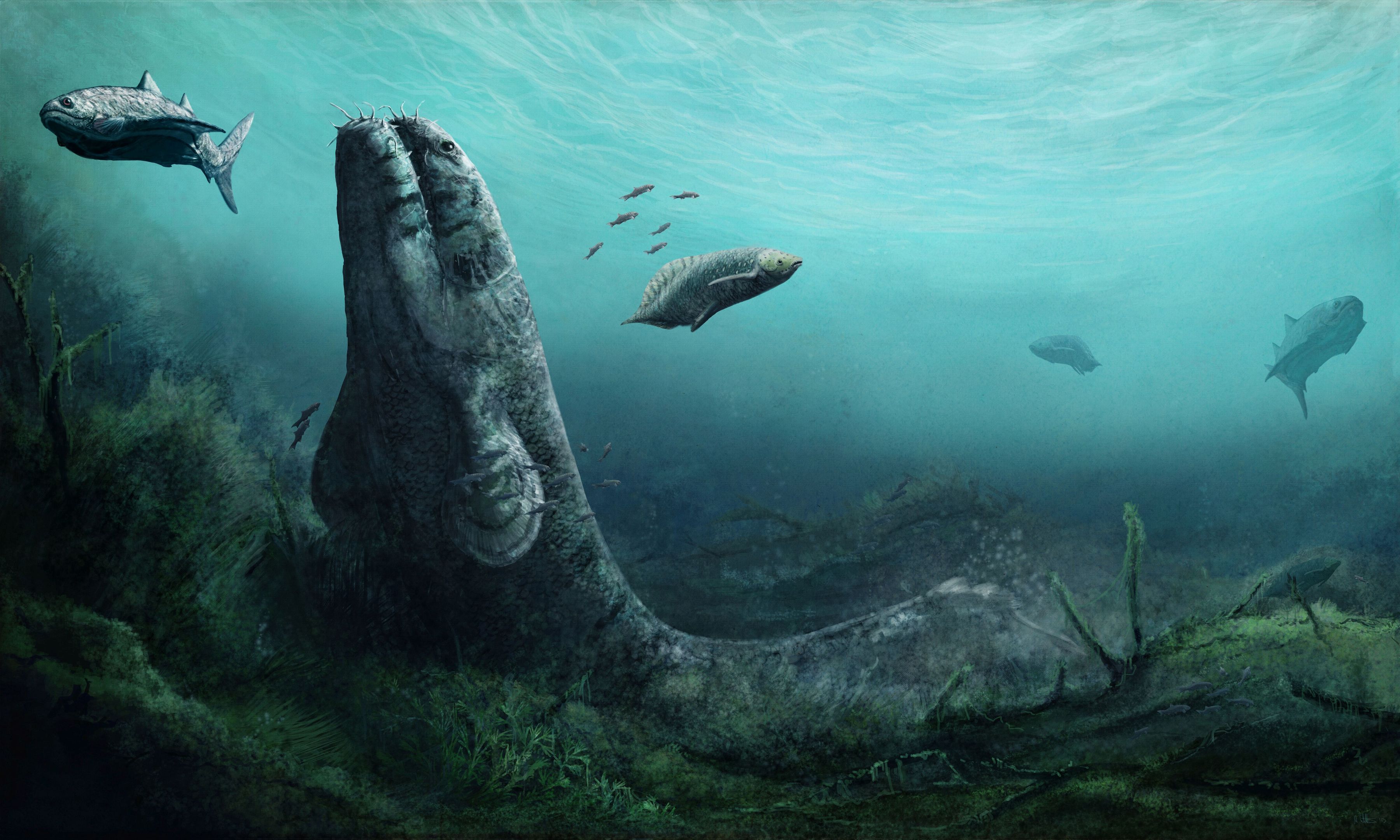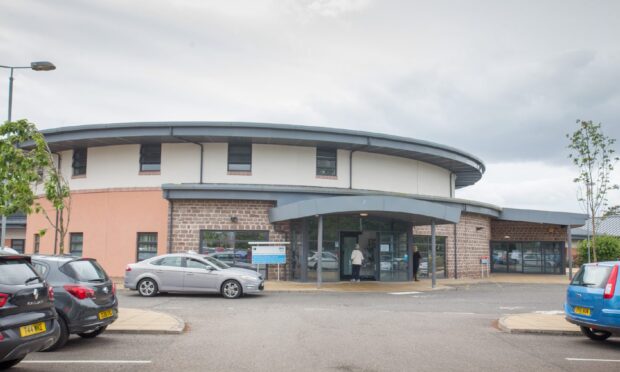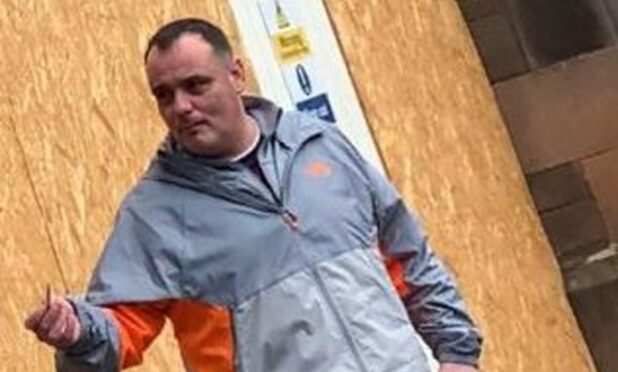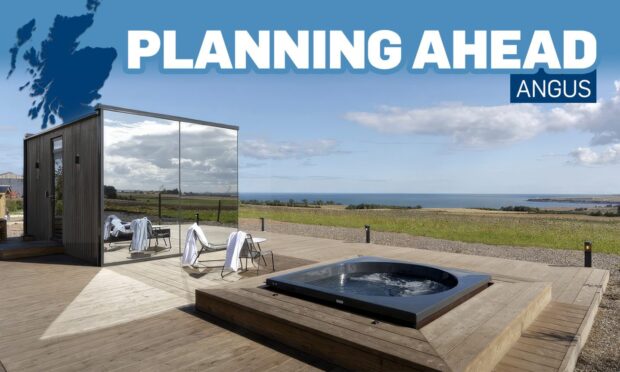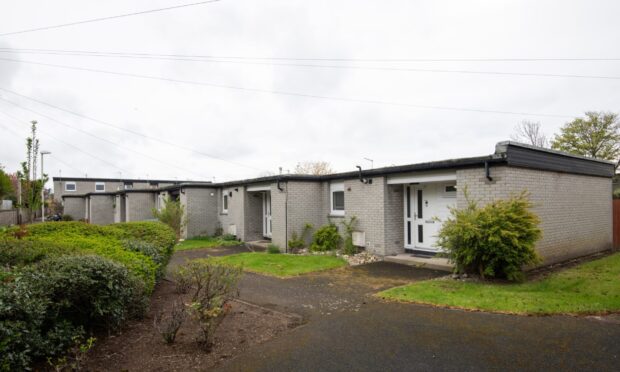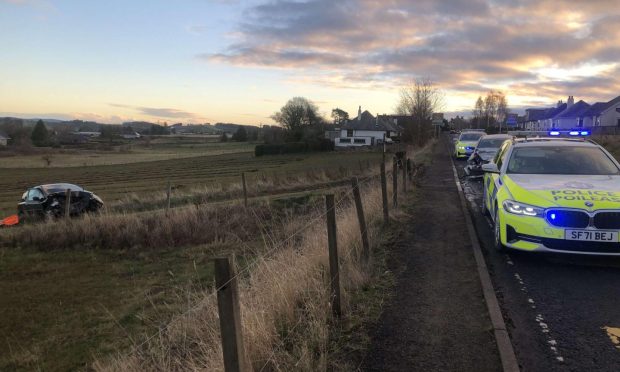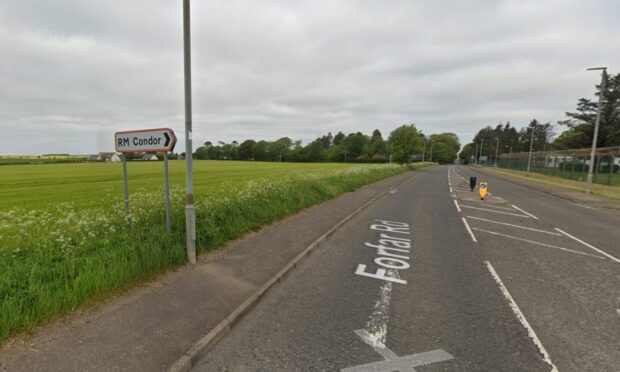An Angus museum is hosting an exhibition of how life on Earth first left the oceans to flourish on land.
Until recently, no fossil evidence was able to explain what is known as Romer’s Gap, the 15 million year space that existed in human knowledge of how vertebrates moved from water on to land.
Recent discoveries and what they reveal are helping to bridge that gap.
An exhibition, opening at Montrose Museum this weekend, offers an insight into this ancient evolutionary leap forward with an insight into an ecosystem that existed millions of years ago.
The leisure and culture trust Angus Alive will host Fossil Hunters: Unearthing the Mystery of Life on Land at Montrose Museum until April.
The National Museums Scotland touring exhibition, which is supported by the National Environment Research Council and Heritage Lottery Fund, is rich with Scottish-based fossil finds, including four-legged land vertebrates or tetrapods, fish, plants and invertebrates.
The exhibition tells the story of the people who unearthed this prehistoric evidence, explains the scientific techniques they used, and offers a glimpse into what life was like before the dinosaurs.
Montrose Museum officer Linda Fraser said: “It is a paleontological treat for all ages and highlights Scotland’s part in how life began on earth.
“It is a pleasure and a privilege to have this exhibition in Angus, and we’re looking forward to welcoming large numbers of new visitors to the museum as well as our regular visitors during the exhibition.”
Montrose Museum was founded in 1837 by the local natural history and antiquarian society, a number of whose members were eminent fossil hunters.
The Reverend Hugh Mitchell found the red Angus sandstone to be a rich seam of 400 million year old fossils, including a giant sea scorpion, and Dr James Howden focused on the post-glacial deposits around Montrose basin.
The museum continues to receive donations of fossils that have been found locally and proven to be significant for palaeontology, and some of these discoveries will be shown alongside the touring exhibit.
The museum opens from 10am to 5pm, and closes on Sundays and Mondays.
Entry is free of charge.
